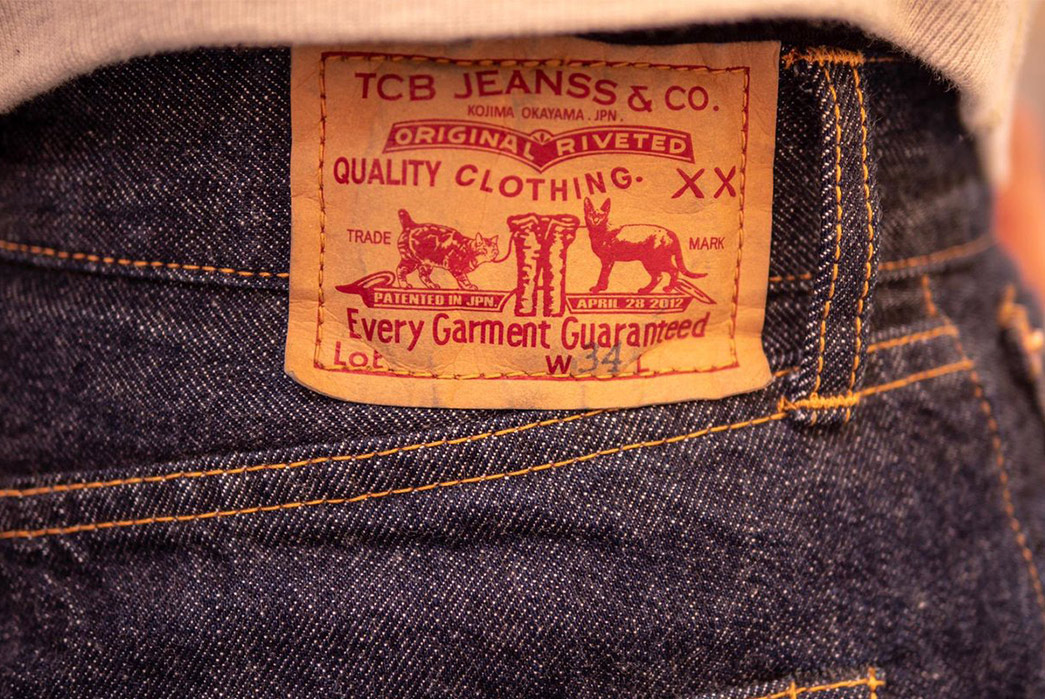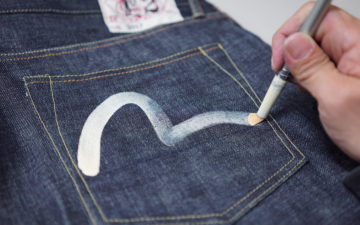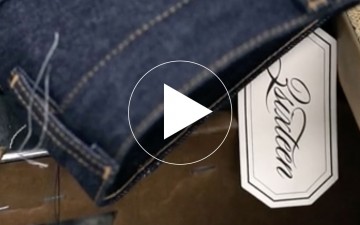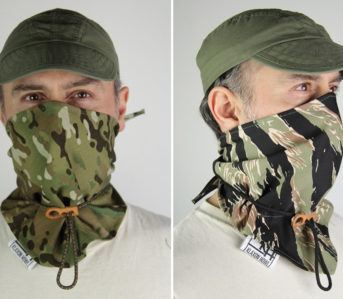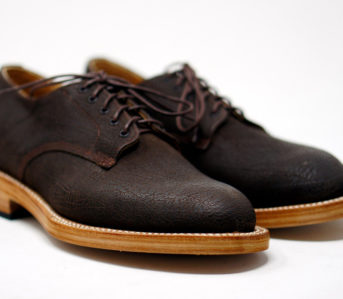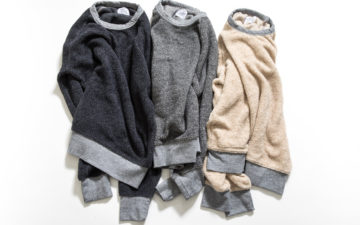There’s no doubt that the modern denim industry is leaning heavily towards slimmer cuts, innovative fabrics, and all manner of bells and whistles when it comes to the five-pocket jean. If anything, the new wave of raw denim brands offering the myriad of heavily tapered jeans with buckets of slub and nep has arguably expanded the denim scene to a wider audience. But there will always be some of us who appreciate denim in its classic form. And for those people, TCB Jeans offers a beacon of hope.
TCB has become a mainstay in the Japanese denim scene, offering a wide range of time-honored jeans, jackets, and other garments, all inspired by early-to-mid twentieth-century workwear. We’re delving into the history, philosophy, and iconic products of TCB, all of which are intrinsically linked to its founder, Hajime Inoue.
TCB Jeans History
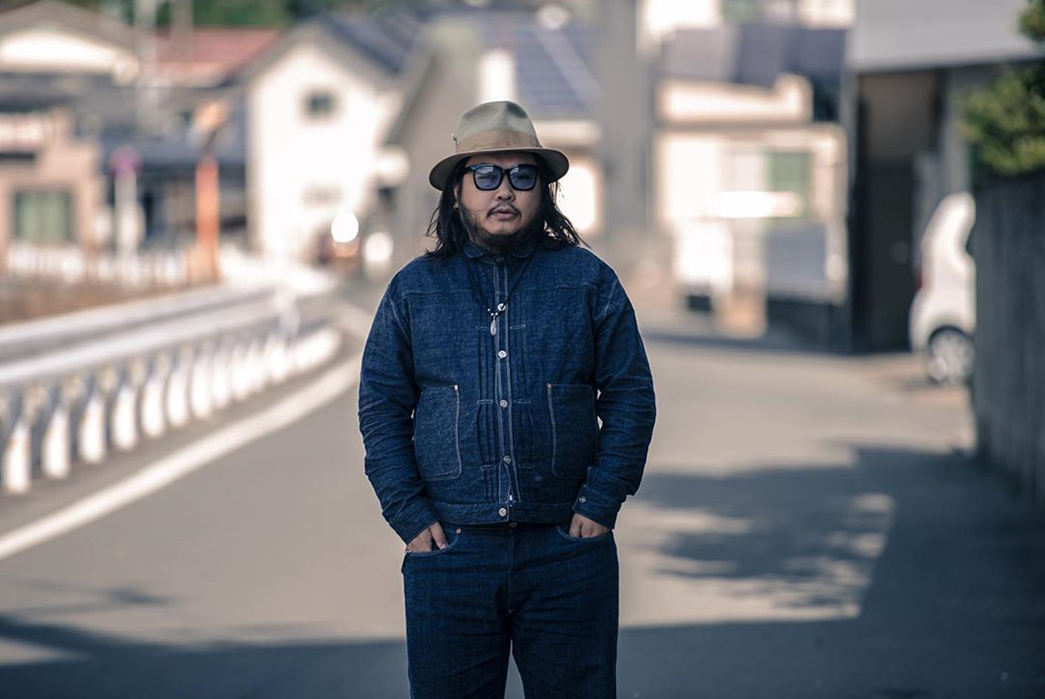
Hajime Inoue via Japanalogue
Born in Hiroshima, Hajime Inoue got into denim in the 90s attending junior high school. A passionate baseball player, Inoue immersed himself in other elements of American culture. While looking for clothes for himself, he found that the only inspiration he had was magazines that were channeling the American denim boom that was sweeping Japan at the time.
The generation before Inoue had to source actual vintage articles of American denim, but Inoue was able to access the stellar reproduction denim that was beginning to emerge across Japan. Inoue recalls this in an extensive interview with Japanalogue:
“Yes. So for me the 90s went on, and my friends and I really got into all the vintage replica brands that were starting up. We’d try all the different ones we could, head down to the coin laundromat together to see what we could do with the fades and colors and all that. That was such a fun time for us.”
Inoue worked in a small atelier in his hometown of Hiroshima, but wanted a job that channeled his passion for denim. He headed north to Kyoto, where he got a job as a salesman in a heritage menswear store called Porky’s. After doing this for a few years, Inoue decided that what hr really wanted was to make jeans. After quitting Porky’s, he headed for Okayama, Japan’s denim capital.
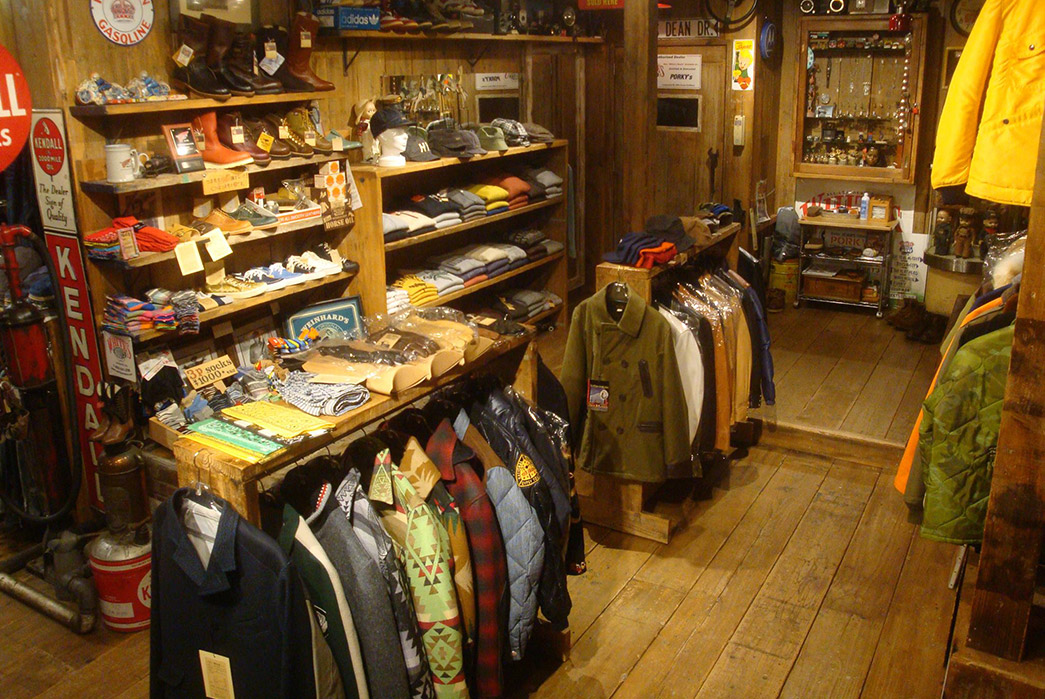
Porky’s in Kyoto, via Denim Manila
Upon arriving in Okayama, Inoue used the phone book to ring local factories and sewing shops for employment opportunities. With no sewing experience, the only job Inoue was offered was maintaining and repairing vintage sewing machines in a local factory. It so happened that the factory manufactured jeans for a very famous American brand, and the work he was doing saw him repairing and maintaining old Union Specials. Work in this factory eventually dried up as the denim company moved production to another location, so Inoue left.
“It was, now that I think back. After I’d been there just over a year, the famous American jeans brand I mentioned moved their production out of Japan and into somewhere else overseas and suddenly the occupancy rate of the factory dropped down to 60%, and we were suddenly in a position with nothing to do, no work. You know, then you’re stuck in that kind of job where you’re just kind of waiting, hoping maybe that business might come back. Once there are no orders coming in from the top down, you can’t do anything, you just grind to a halt. I was still young and didn’t want to be stuck in the position of having no control over what I was doing or whether work would be there for me or not, so I left.” – Inoue, speaking with Japanlogue
After working in sales for a number of years, Inoue still found himself unfulfilled. He noticed that sewing as an industry was in serious decline across Japan, and worried that if he was ever to fulfill his dream of producing jeans, there would be no one to sew them. With this in mind, Inoue took the gamble of opening his own sewing factory in 2007. Located in Kojima, the factory eventually had all of the necessary machines needed to produce the jeans that Inoue had aspired to make since a teen.
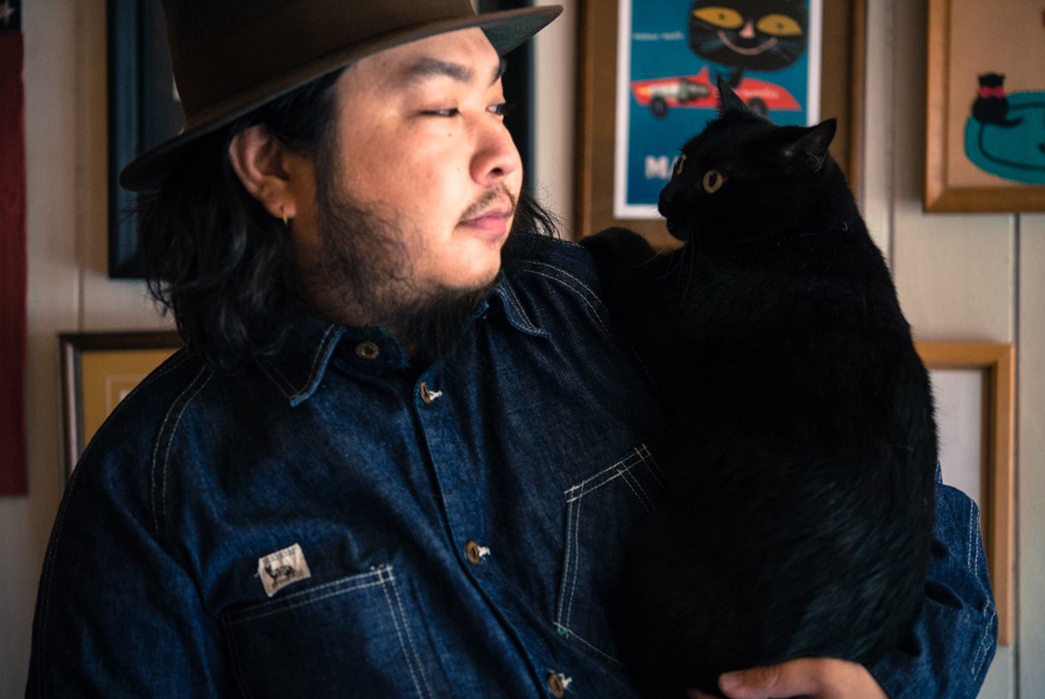
Hajime Inoue and cat via Medium
Inoue christened his factory TCB – standing for Taking Care of Business. However, when thinking of concepts for his own brand of jeans, Inoue was influenced by Levi’s moniker of Two Horse Brand. A lifetime admirer and owner of cats, Inoue thought about his two cats at home and realized that TCB could also stand for Two Cats Brand. Thus, TCB Jeans was born.
“It came from American slang. “Taking care of business”. I liked the meaning behind the phrase. If you are going to do something, you should do it properly. But it is also mixed up with another phrase I was toying with “Two Cat Brand” we roll this out in our back patch… it is a little fun with the two horses of the Levi’s patch.” – Inoue speaking with Rope Dye
TCB Philosophy
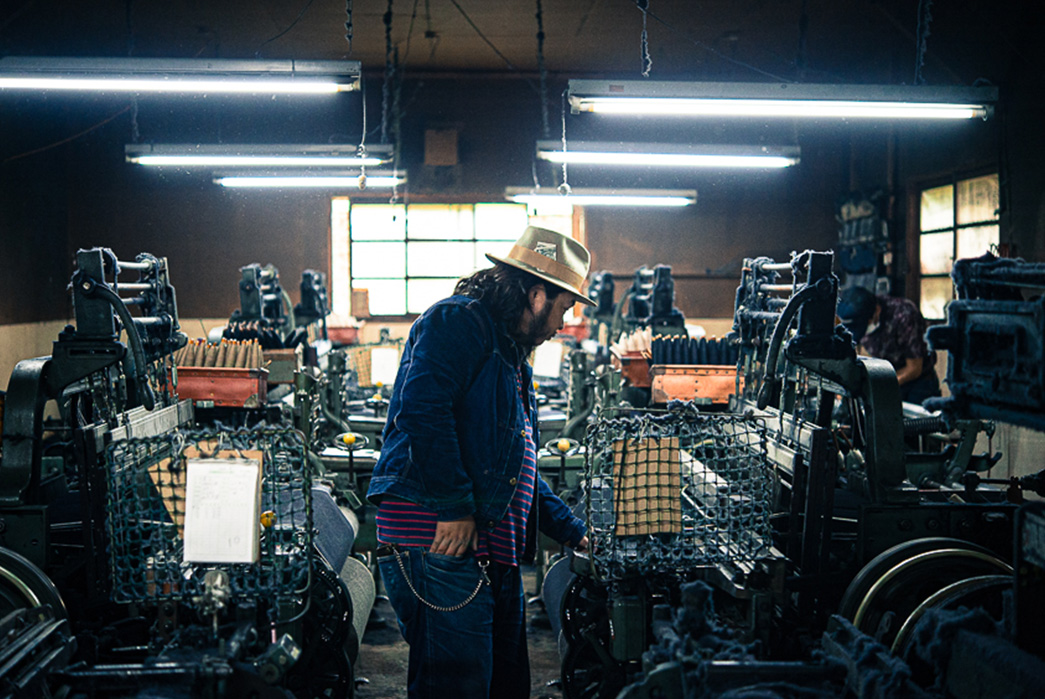
Hajime Inoue in an Okayama Denim mill via TCB
TCB products are inspired by American Workwear from the 1920s to 1970s. Although TCBs iconic 50s and 60s raw denim jeans are direct reproductions of archetypal Levi’s 501s from those eras, Hajime Inoue states that no garment he produces is an exact replica, and usually the design process involves taking cues and details from two or three vintage articles.
Special attention is paid to ensure that garments will age and develop an authentic patina that is comparable to their vintage counterparts. The brand only uses proprietary fabrics, custom loomed in Okayama based on vintage samples. For example, Inoue searched high and low for the perfect fabric for his 50s and 60s jeans before discovering that Zimbabwean cotton provided the most authentic charm he was looking for in terms of fade, puckering, and color evolution.
“I spent a lot of time looking for the right denim. It was important for me that it corresponded in all respects to the samples of the 1950s and 1960s.Finally, I managed to find it, and to my surprise, it was made from Zimbabwean cotton. I was amazed, it was double luck! In my opinion, denim from Zimbabwean cotton has a special charm, the beauty of which is revealed in the process of socks and aging.
It is manufactured specifically for TCB Jeans in the city of Ihara, Okayama Prefecture. We can ask the manufacturer to customize denim. For example, bring it closer to the samples of the 1920s. Any other factory can’t do that! “ – Inoue, speaking with Medium
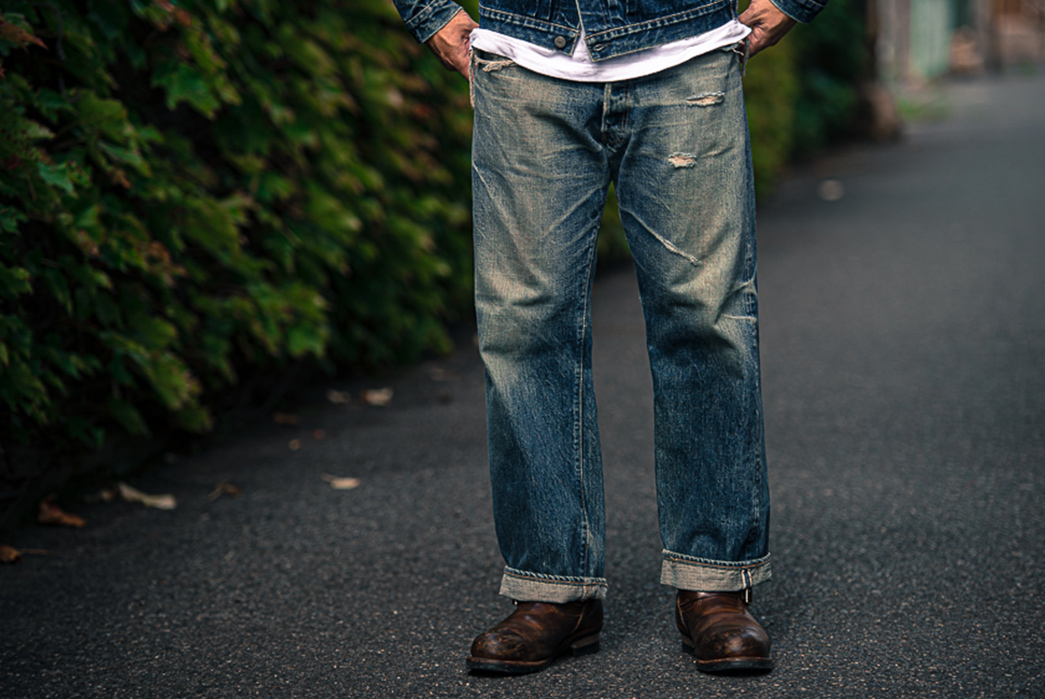
TCB Fades via Milled
All TCB Products are sewn in the TCB factory by passionate and skilled craftspeople. The brand uses rare machines like Union Specials which provide the vintage finishes and construction required to meet the TCB philosophy.
“We search for the machines that would have been used in the past to manufacture the jeans. Machines from American manufacturers such as Union Special, SINGER and REECE. We then use them in the right way, exactly how they would have been used to produce jeans in the past.” -Inoue speaking with Rope Dye
Instead of going out of its way to produce the heaviest, slubbiest, or most complex denim, TCB channels its energy into creating new jeans with the simple yet refined hallmarks that workwear enthusiasts know and love. All while incorporating a playful charm in form of its cat-based branding which is incorporated in feverishly clever ways.
TCB cat motifs via vIGGiou riou on. Superfuture
Iconic Products
In addition to denim goods, TCB offers a strong range of apparel and accessories which includes shirting, overalls, aprons, and hats. The brand opened its webstore in early 2020, which offers worldwide shipping on the full TCB range.
50s Jeans & Jacket
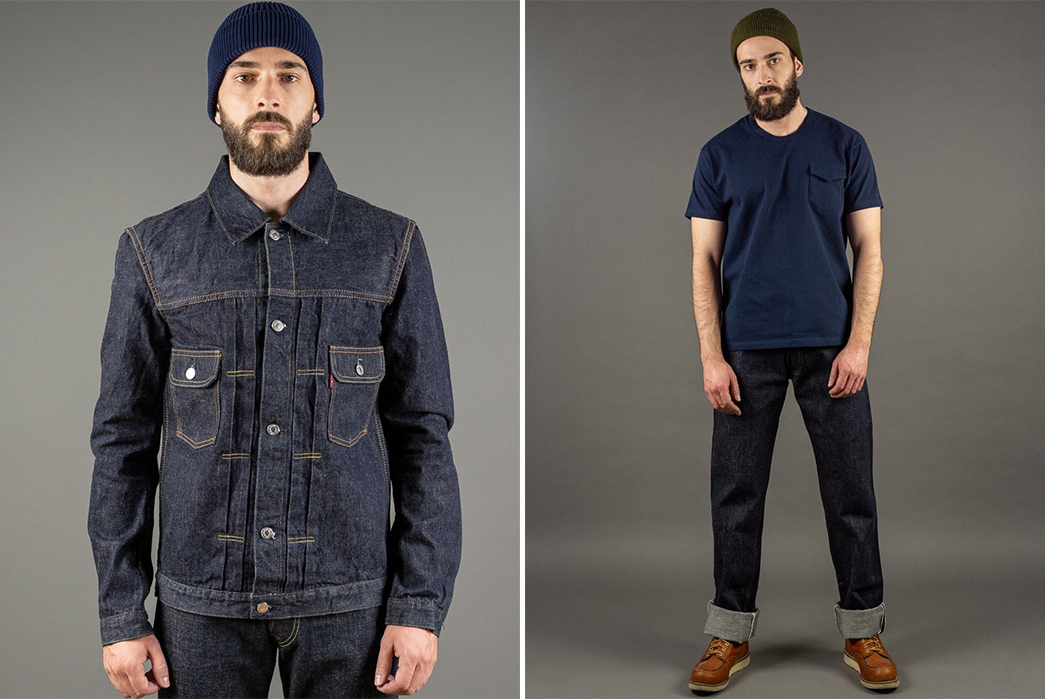
Arguably TCBs fan favorite, the brand’s 50s denim duo consists of a trucker jacket and five-pocket jeans based on archetypal Levi’s articles of the 1950s. The trucker jacket is rendered in classic Type II style with dual chest pockets and pleats running adjacent to the button placket, while the jeans are a reproduction of Levi’s 501s of the 50s, featuring a regular straight leg with a medium rise. For this duo, TCBs uses a custom 13.5 oz. selvedge denim woven in Okayama from 100% Zimbabwean cotton. Both garments feature a red selvedge ID, custom TCB hardware, and branded paper patches.
Available for $246 (Jacket) and $224 (Jeans) from Red Cast Heritage
Slim 50s Jeans
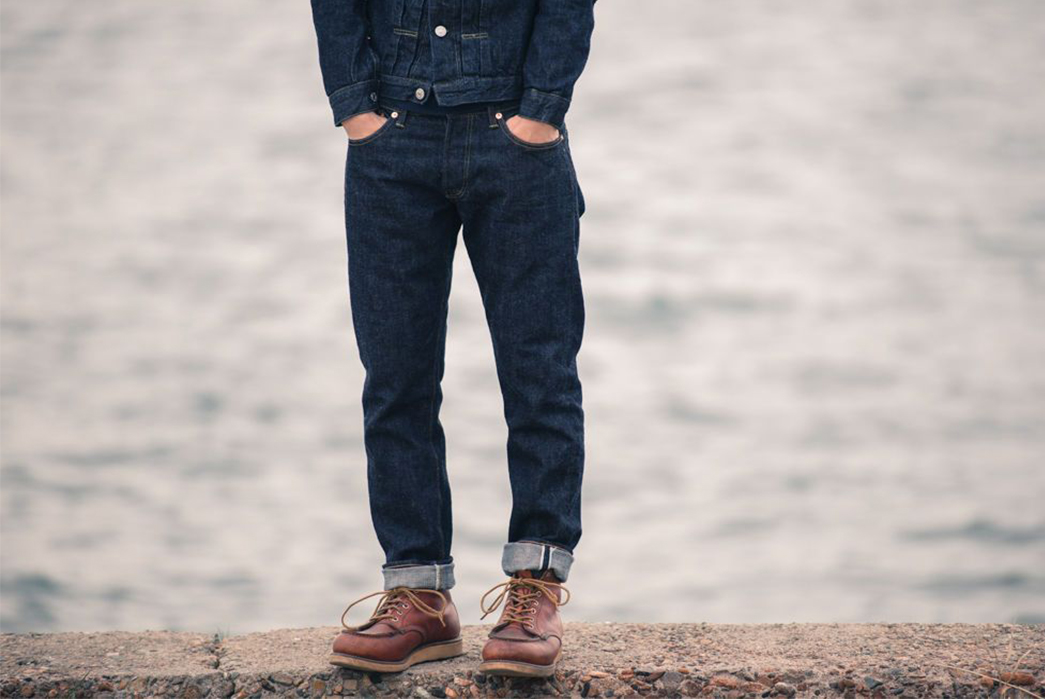
Made from the same proprietary fabric as the standard 50s Jeans, the slim 50s do exactly as they say on the tin. They take all the details and cues form the standard 50s Jeans and incorporate them into a tapered-leg fit.
Available for ¥18,435JPY (~$174USD) at TCB.
60s Jeans & Jacket
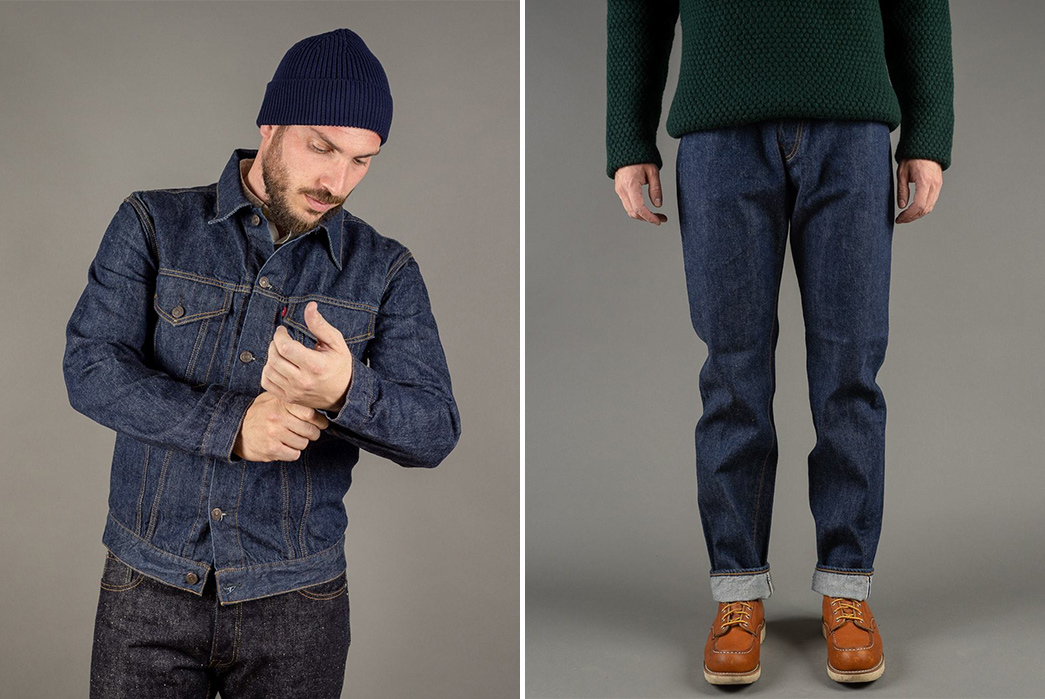
Just as the aforementioned 50s denim range is inspired by the 1950s, the 60s denim pieces from TCB look to the following decade. This range consists of a denim trucker jacket a pair of slim-straight five-pocket jeans.
This 13.5oz. unsanforized raw selvedge denim is woven in Okayama from 100% San Joaquin valley cotton and has a slightly lighter tone that the 50s denim with the white weft being more prominent. The trucker jacket in this instance is inspired by the iconic Levi’s Type III, featuring the classic knife pleats and dual chest pockets (and no hand warmers). The jeans are based on Levi’s 501s from the 1960s, which were slimmer through the leg than in previous decades. This duo features a pink selvedge ID, custom TCB hardware, and a branded two-cats paper patch.
Available for $258 (Jacket) and $216 (Jeans) from Red Cast Heritage.
30s Jacket
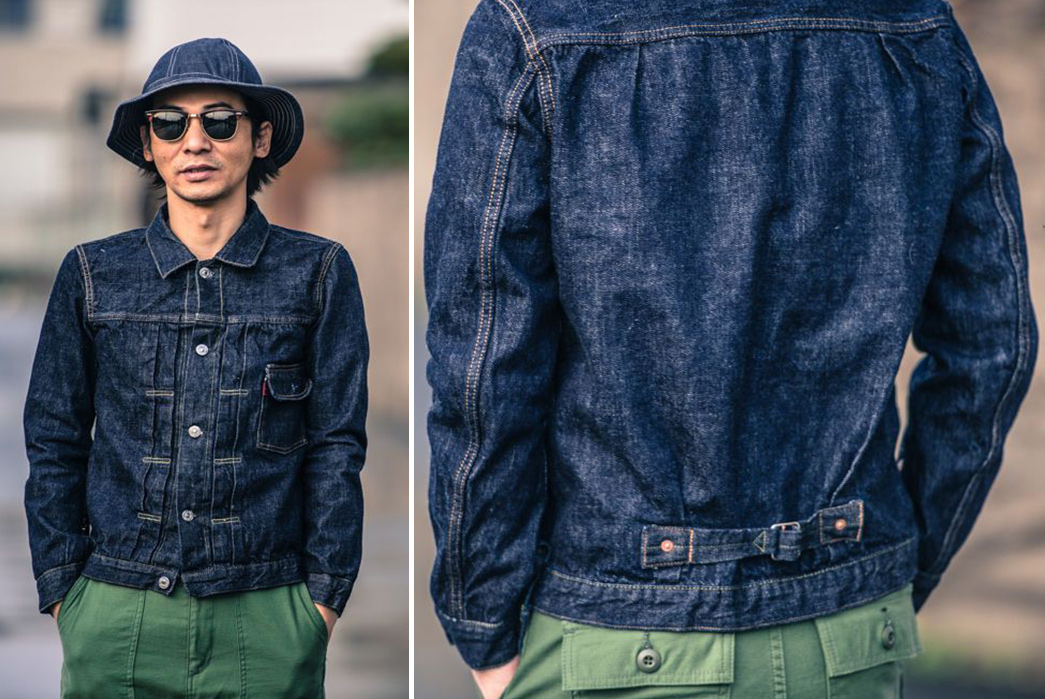
Inspired by the classic Levi’s Type I denim blouson, the TCB 30s Jacket is constructed from a 12.5oz. raw selvedge denim woven from 100% Memphis cotton. It features all the hallmarks of Levi’s earlier blouson, such as the singular chest pocket, pleats that run adjacent to the button placket, and a cinch back adjuster at the waist. It comes complete with a deerskin patch at the neckline, yellow selvedge ID, custom iron TCB buttons, and red tab on the chest pocket.
Available for ¥22,000JPY (~$207USD) at TCB.
Seamen’s Jumper and Trouser
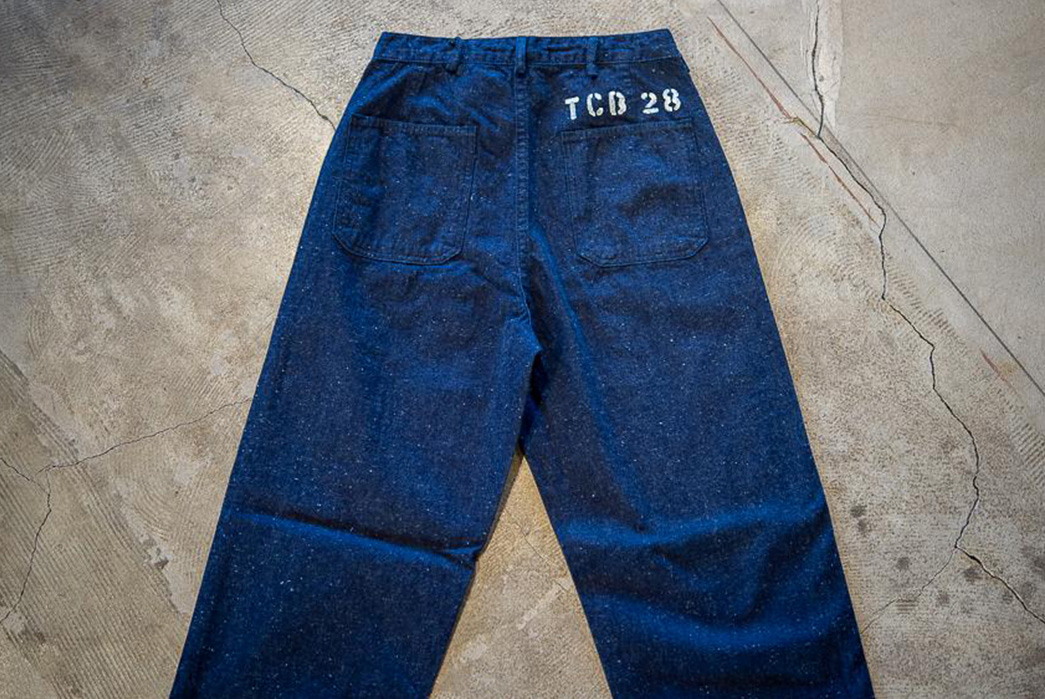
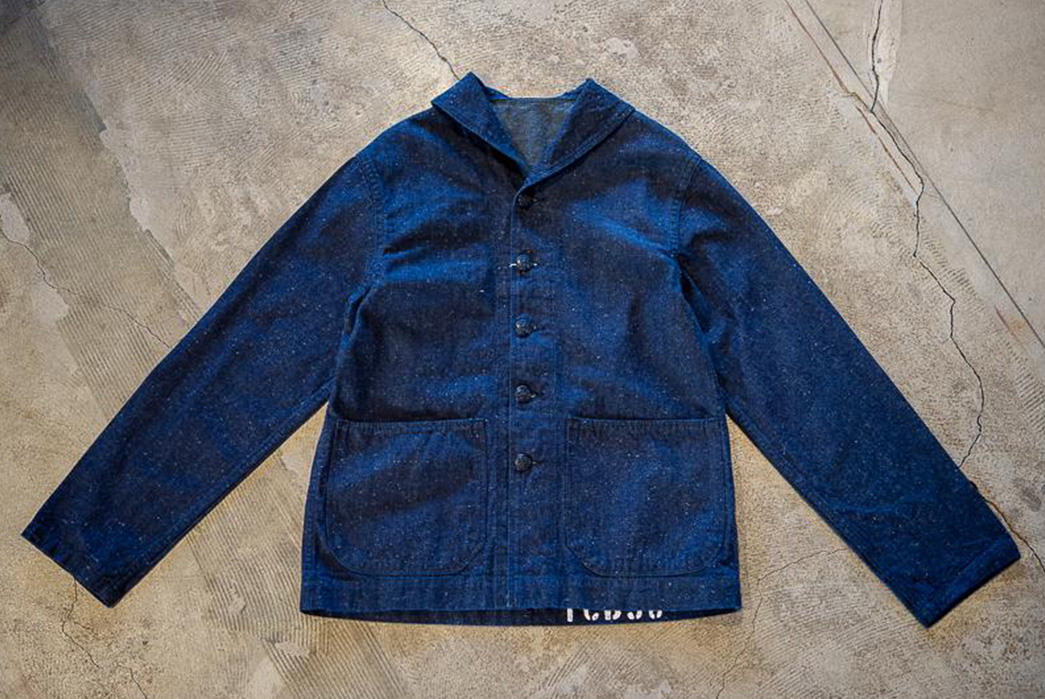
The TCB Seamen’s products are faithful reproductions of 1940s US Navy uniforms. The fabric is a lightweight 10oz. denim with a grey weft that helps to provide a beautiful deep blue tone, which is peppered with snowy white neps. The ‘jumper’ features roomy pockets at the waist, a shawl collar, and US Navy anchor buttons with metal ring reinforcements. The trousers come in a wide-leg fit with a high rise and two rear pockets. Both garments come with ‘TCB’ and the corresponding size stencilled on with white paint.
Trousers ¥16,550JPY (~$155USD) and jacket ¥18,649JPY (~$175USD) available at TCB.

